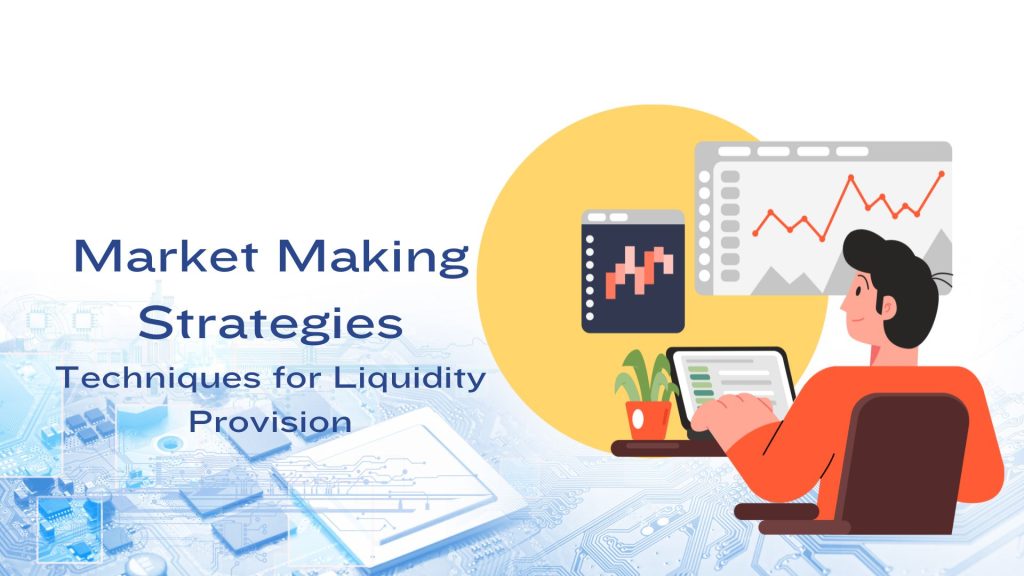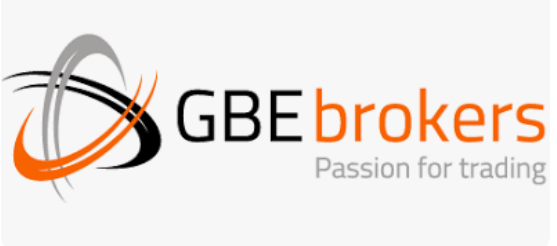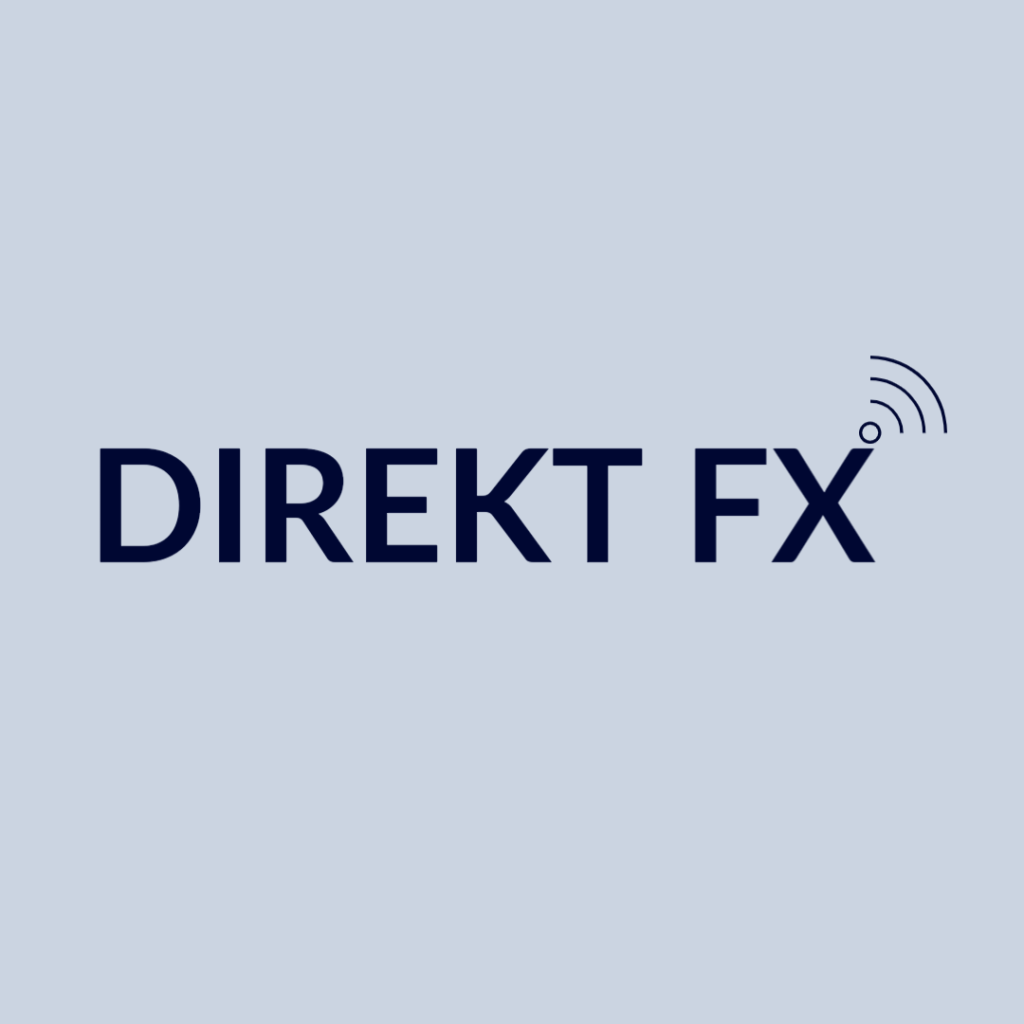
Market Making Strategies – Techniques for Liquidity Provision
Market making involves quoting both buy and sell prices in a security, profiting from the spread between these prices. Market makers can be individuals or firms; their activities are essential for maintaining an orderly market. By continuously quoting prices, they provide liquidity, making it easier for investors to enter or exit positions.
This article will cover the relation between market making and liquidity and popular market making strategies.
The Impact of Market Making on Liquidity
Market making strategies significantly impact liquidity, primarily by ensuring that buy and sell orders can be executed quickly, even in less liquid markets. Market makers reduce transaction costs for other market participants, making it easier for them to execute trades. This constant presence supports price discovery, as the ongoing buying and selling help prices reflect all available information.
Market makers not only provide liquidity but also enhance the depth of the market. This means larger orders can be executed without significantly impacting the asset’s price, contributing to overall market stability.
Join the global network of professionals and find the ideal trading and liquidity partners now!
Top 3 Market Making Strategies
Effective market-making strategies contribute to more liquid, efficient, and robust financial markets. By reducing bid-ask spreads and providing depth, market makers facilitate trading activities, benefiting all market participants. Here are three popular market-making strategies that help with liquidity.
Stoikov Modeling
The Stoikov model is a sophisticated approach that assists market makers in managing inventory risk. It involves setting bid and ask quotes based on the current market state and the market maker’s inventory levels.
This model helps balance the trade-off between earning the bid-ask spread and minimising the risk of holding an inventory that might depreciate.
High-Frequency Trading (HFT)
One of the most significant evolutions in market making has been the advent of high-frequency trading (HFT). HFT uses powerful computers to transact many orders at extremely fast speeds.
These strategies, leveraging algorithms, enable market makers to adjust their positions in real-time, responding to market conditions more swiftly than ever. While HFT enhances liquidity and reduces bid-ask spreads, it also raises concerns about market volatility and the potential for system errors.
Arbitrage and Spread Techniques
Market makers also use arbitrage strategies, exploiting price discrepancies across different markets or instruments. For example, if an ETF trades at a discount on its underlying assets’ net asset value, a market maker might buy the ETF and sell the underlying assets to pocket the difference.
Similarly, spread techniques involve taking advantage of the bid-ask spread by simultaneously buying and selling securities to capture the spread profit.
Conclusion
Market-making strategies are important for providing liquidity in financial markets. By continuously offering to buy and sell securities, market makers ensure smoother transactions, more accurate price discovery, and greater market efficiency.
To learn more about trading platforms, follow us on LinkedIn.





